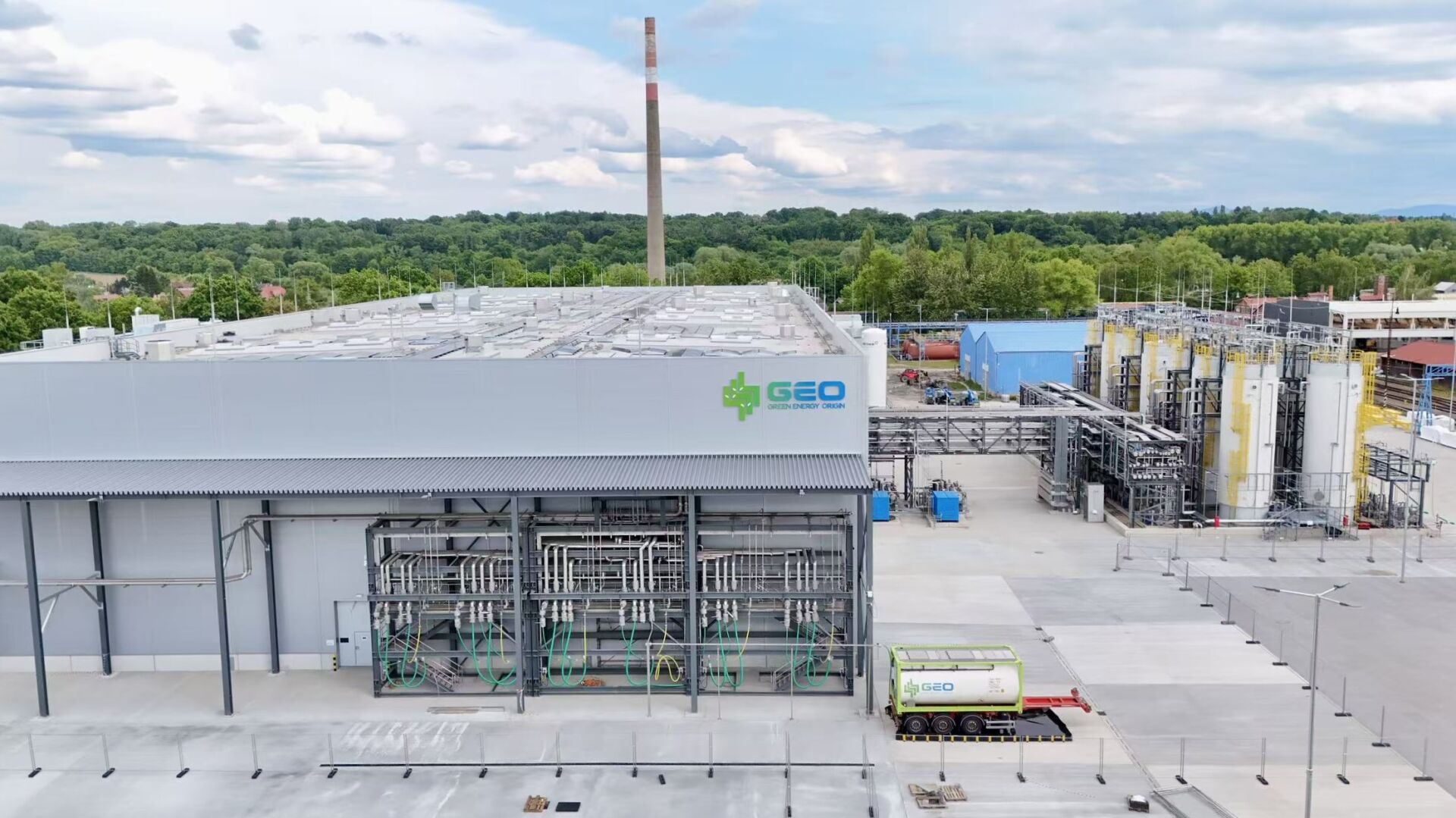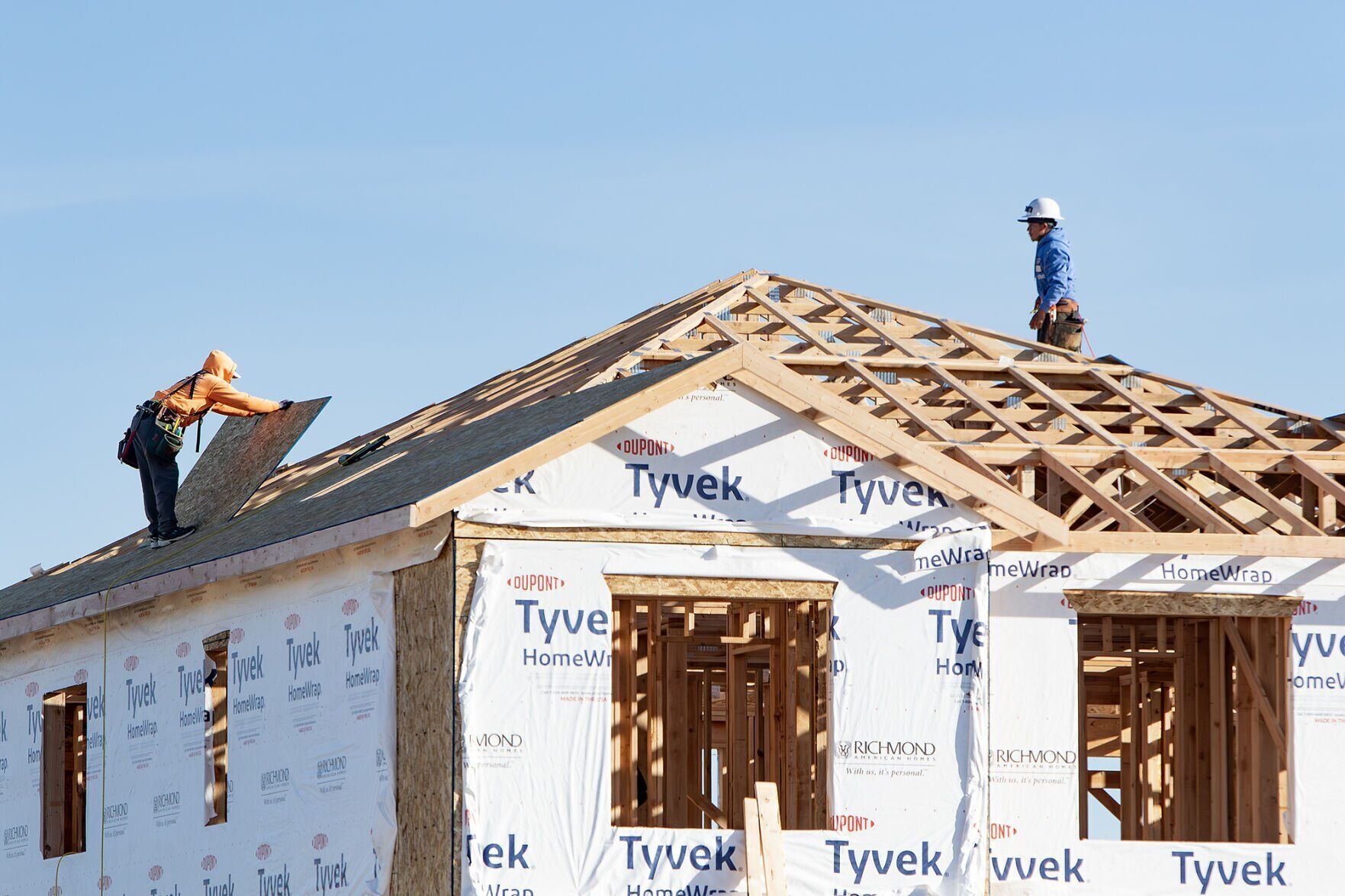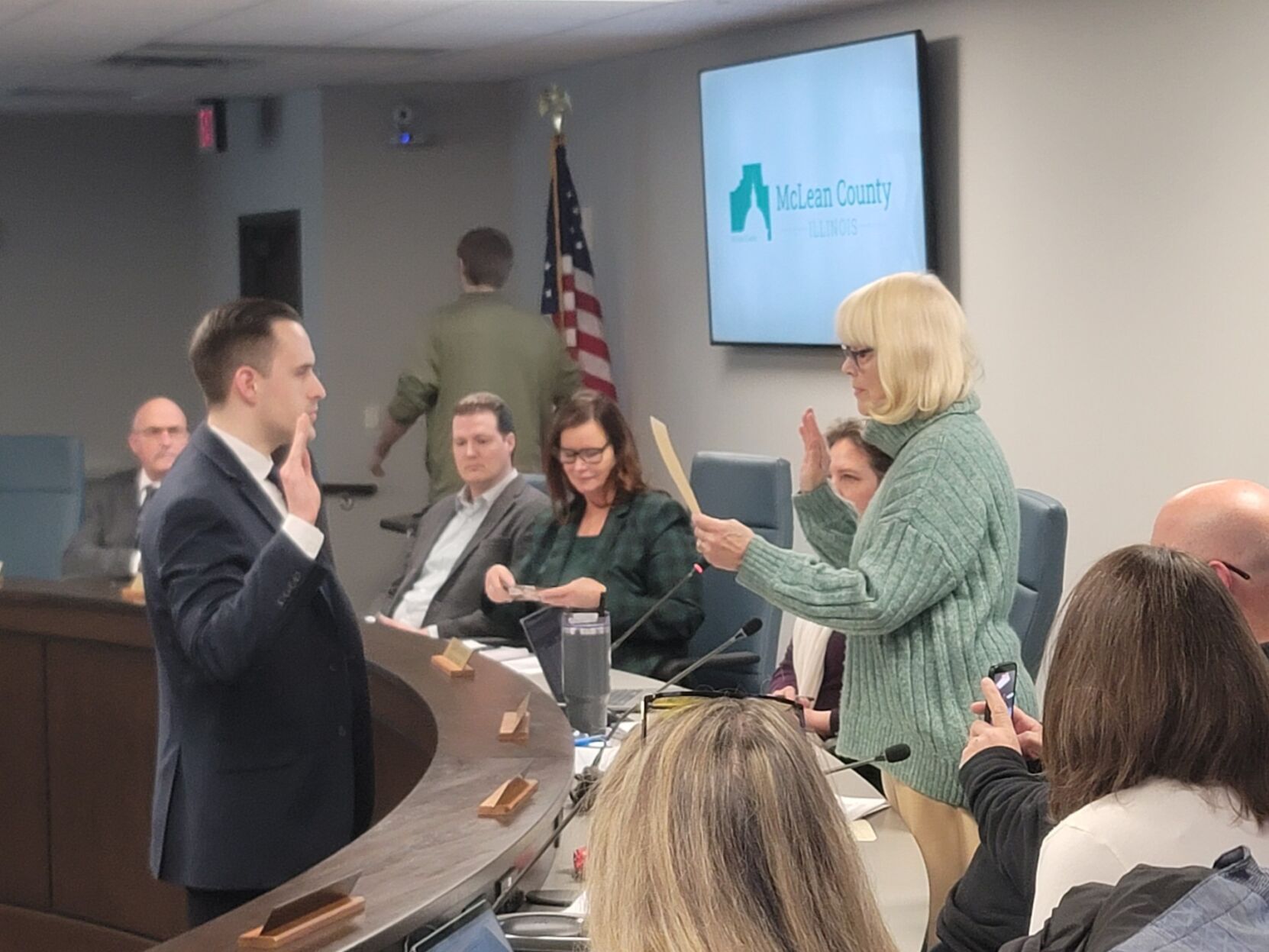Though the prairies of Illinois may seem like perfect time capsules, experts have found that many key plant species are missing. A newly launched database could help conservationists pinpoint and reintroduce these species, guiding a more complete restoration of these vital landscapes.
New database seeks to help restore prairies
Key Takeaways:
- Illinois prairies appear historically authentic but lack important plant species
- Accompanying biodiversity gaps underscore the need for further restoration
- A newly launched database aids in identifying and reintroducing missing species
- These prairies hold ecological and historical significance for the region
- Ongoing research could reshape how conservationists approach ecosystem revival
Introduction
Illinois’s prairies are often described as portals to the past—seemingly untouched landscapes that transport us to a time before large-scale agriculture and urban development. Yet, according to recent findings, these grasslands are less complete than they appear. Many critical plant species are missing, creating noticeable gaps in biodiversity that call for a renewed approach to restoration.
Why Missing Species Matter
Biodiversity is essential to the health of any ecosystem, and prairies are no exception. Restored prairies may boast tall grass and colorful wildflowers, but the absence of certain species limits crucial interactions between plants, insects, and wildlife. Over time, these gaps can weaken the overall resilience of the grassland and restrict the benefits these prairies bring to surrounding areas.
A New Database for Prairie Restoration
In an effort to tackle this issue, a newly launched database aims to document which species are present and which ones are missing from restored prairies. By centralizing this information, restoration teams can pinpoint exactly which plants need to be reintroduced. This tool could revolutionize how prairies are rehabilitated, helping to create habitats that more accurately reflect the region’s pre-settlement landscapes.
Looking Ahead
While the prairies of Illinois may appear unchanged to the untrained eye, experts hope that by filling in the plant diversity gaps, these habitats will not only look authentic but also function in a way that mirrors their historical ancestors. From attracting pollinators to supporting wildlife, the full range of prairie flora is vital for long-term ecological stability. As conservation efforts evolve, this new database stands out as a promising guide toward more robust and true-to-history prairie environments.











